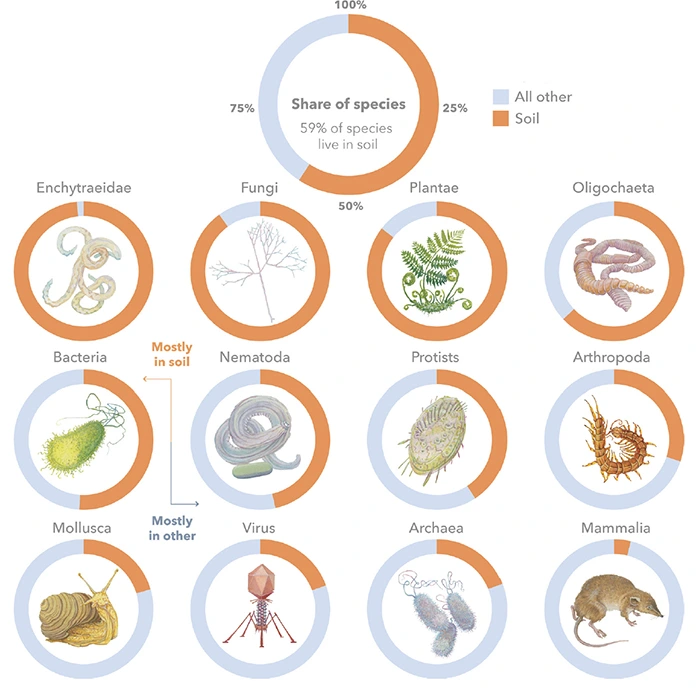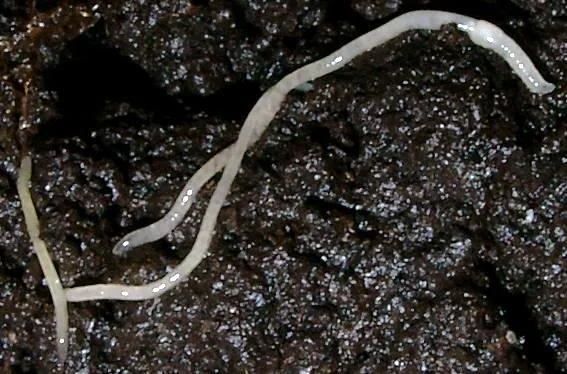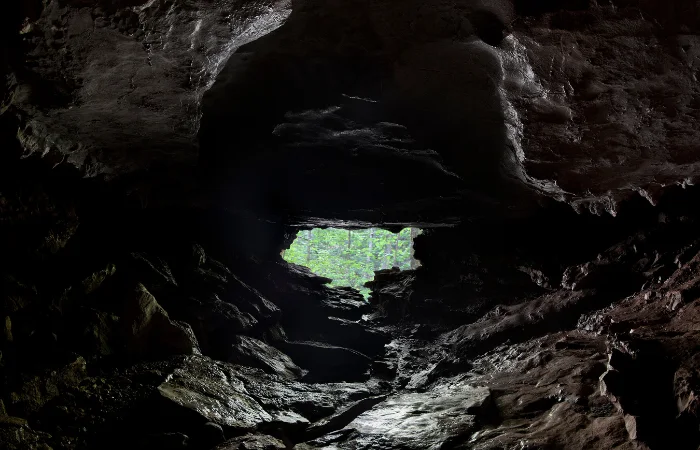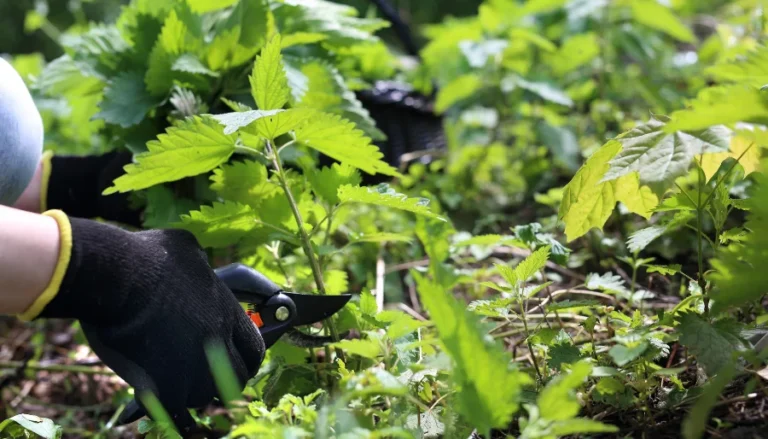You might be surprised to learn that the richest hotspot of biodiversity isn’t in the vast oceans, lush rainforests, or dense wetlands. It’s right beneath us – in the soil.
“Soil might be the epicenter of life on Earth, hosting around 59 percent of all living creatures, from tiny microbes to larger mammals,” says ecologist Mark Anthony and his research team.
Soil, a complex mixture of minerals, gases, liquids, and organic compounds, wraps the globe and forms the foundation for many ecosystems.
However, this vital layer remains a mystery to us.
These soil inhabitants play a pivotal role in maintaining our world’s equilibrium,” remarks Anthony, who’s associated with Agroscope, a renowned Swiss agricultural research institute.
“They’re crucial for everything – from addressing climate change to ensuring global food availability and even impacting our health.”
In their extensive review, Anthony and his colleagues discovered that a staggering 88 percent of bacteria, 85 percent of plants, and 90 percent of fungi call the soil home. In contrast, only about 4 percent of the roughly 6,500 mammal species choose to burrow into this layer.

The estimate of 59 percent of Earth’s biodiversity thriving in the soil (with a margin of around 15 percent) is probably on the conservative side, given the vast uncharted territories of soil ecosystems.
The enormous diversity of viruses in the soil, primarily those targeting bacteria, is mind-boggling, overshadowing all other life forms.
Among the most soil-dependent creatures are the Enchytraeidae, close relatives of earthworms, with 98.6 percent of their species living predominantly in the top 5 cm of soil. They feast on bacteria, fungi, and organic matter. Yet, these creatures remain understudied and largely unknown.
Deep soils, often overlooked in studies, hold many distinctive life forms compared to the surface layers, the researchers emphasize.
This recent study suggests that soil’s biodiversity might be double than what was believed, focusing only on the most species-rich groups.
Beyond its dense biodiversity, soil powers many of Earth’s vital functions, from capturing carbon to distributing water. It acts as a natural filter for pollutants and aids in the growth of almost all the food we consume.
Alarmingly, global soils are at risk from erosion, pollution, and wildfires. Recent findings indicate that a concerning 65 percent of Europe’s soils are in poor health.
Moreover, human activities above ground have significantly altered soil’s biological makeup and its functions. For instance, in Australia, Echidnas, known to churn through 7 tons of soil annually, have been displaced due to urban expansion and farming practices. This shift impacts the microbial balance and the soil’s ability to store carbon.
The degradation of soil’s biological richness is still a vast and unexplored territory.
Anthony likens their research to a grand census, expressing, “The findings could pave the way for better soil conservation and restoration efforts. Right now, we’re lagging behind in these areas.”

The Silent Crisis: What's At Stake with Soil Degradation?
Soil, often overlooked, plays a pivotal role in regulating the Earth’s carbon balance. Acting as one of the world’s most dominant carbon sinks, it captures and holds more carbon than all the trees and plants combined. When these soils degrade, they gradually lose their carbon-trapping potential.
This doesn’t just release stored carbon back into the atmosphere; it also reduces the soil’s future capability to act as an effective carbon sink. The ripple effect is alarming: a boost in atmospheric CO2 levels, intensifying the greenhouse effect and accelerating global warming.
Water, the lifeblood of our ecosystems, is intricately linked with the health of our soils.
Pristine soils have the amazing ability to regulate water flow in our environments. They function almost like natural sponges, absorbing and retaining water during rainy periods and slowly releasing it during drier times.
However, as soils degrade, they lose this capability. The immediate repercussions are twofold: an increased vulnerability to floods during wet seasons, and a heightened risk of droughts when rains are scant.
Biodiversity, a term we often associate with rainforests or coral reefs, finds its true epicenter in the soils. In fact, most of the life on Earth by a large margin – ranging from tiny microorganisms to larger creatures – calls this underground realm home.
Soil degradation doesn’t just threaten this habitat; it jeopardizes the intricate web of life contained within. As these ecosystems falter and crumble, the potential loss of species is staggering, many of which we might not have even discovered yet.
Lastly, our global food security is deeply rooted in the health of our soils. They are the nurturing grounds where our crops grow, providing them with essential nutrients. But as these soils erode and degrade, their nurturing potential wanes. The fallout is a reduced agricultural output, with crops struggling to grow in these diminished grounds.
With the global population on the rise, the strain on our food systems could reach critical levels, making it imperative to address soil health now.
By realizing the profound environmental impacts of soil degradation, we can better appreciate its foundational importance. It isn’t merely earth beneath our feet; it’s the bedrock of life on this planet.
More To Discover
- U.S. Bets Big on Geothermal: $74M Investment Aims to Power Future with Earth’s Heat
- Bill Gates-Backed Bioscience Firm Will Release a Vital Palm Oil Substitute Called Palmless
- Fusion Energy: The Key to Completing the World’s Net Zero Mission, Says Industry Leader
- Pioneering Anti-Aging Pill for Dogs Begins Trials, with 11-Year-Old Whippet Boo Leading the Pack
The Hidden Cost: Economic Ramifications of Soil Degradation
Soil isn’t just the ground we walk on; it’s an economic powerhouse, silently fueling many sectors of our global economy. When soil health is compromised, the ramifications can be felt across a broad spectrum of economic activities, potentially shaking the very foundation of our socio-economic structure.
Agriculture, one of the primary pillars of our global economy, is deeply intertwined with soil health. Healthy soils are fertile grounds, nurturing crops and ensuring high yields. When soils degrade, they lose their fertility, leading to reduced crop yields. This diminished output directly impacts the income of millions of farmers, especially in developing nations where agriculture is a primary source of livelihood.
As crop yields dwindle, food prices can surge, putting essential commodities out of reach for many and potentially leading to socio-economic unrest.
Forestry, another sector heavily reliant on healthy soils, feels the pinch when these soils degrade. Trees, the giants of our plant world, rely on robust soils for growth. Degraded soils can impede their growth, reducing the overall yield of timber and other forest products. This reduction can lead to increased costs for industries dependent on these resources, from construction to paper manufacturing.
Water management, often overlooked, is deeply connected to our soils. Well-maintained soils act as natural filters, purifying the water that seeps through them. They’re also crucial in preventing soil erosion, which can silt up rivers and reservoirs, increasing water treatment costs.
When these natural filters are compromised due to soil degradation, water treatment processes can become more complex and expensive, leading to increased costs for communities and businesses alike.
Lastly, tourism, especially ecotourism, is sensitive to changes in our natural environment.
Degraded soils can lead to less lush landscapes, potentially turning away tourists in search of pristine natural beauty.
For regions that rely heavily on tourism as a source of income, the degradation of soils can spell a decline in tourism revenues, affecting local economies and livelihoods.
In essence, soil isn’t just an environmental concern; it’s an economic one. Protecting and nurturing our soils can be viewed as an investment, ensuring a stable and prosperous economic future for generations to come.




















